Description
Nasturtium Tropaeolum Salmon Baby
Nasturtium Tropaeolum Salmon Baby. A very striking and attractive nasturtium. Producing an abundance of Semi-double Salmon orange/Pink flowers which contrast beautifully against its dark foliage. A neat and compact variety, extremely easy to cultivate. EDIBLE flowers, like all other nasturtiums, taste slightly peppery.
Cultivation Advice
- Plant Nasturtium Tropaeolum Salmon Baby seeds after the last frost date in spring. They prefer full sun but can tolerate partial shade.
- These nasturtiums thrive in well-draining soil with moderate fertility. They adapt well to various soil types but prefer slightly sandy or loamy soil.
- Sow Tropaeolum Salmon Baby seeds directly into the soil. Plant them about ½ inch (1.3 cm) deep and space them around 8 to 12 inches (20 to 30 cm) apart.
- Keep the soil consistently moist but avoid overwatering. Once established, they are somewhat drought-tolerant and require less frequent watering.
- Nasturtiums don’t typically need additional fertilization. Too much nitrogen can result in excessive foliage growth and fewer blooms.
- Apply a light layer of mulch to retain soil moisture and suppress weed growth around the plants. Take care not to cover the seeds too deeply.
- Nasturtiums can be trained to climb if desired. Provide small supports or trellises for them to climb and sprawl, especially in limited garden space.
- These plants are generally resistant to pests and diseases. However, aphids might be attracted to them. Use natural methods like neem oil or insecticidal soap if necessary.
- Both the leaves and flowers of Nasturtiums are edible, adding a peppery flavor to salads or garnishes. Harvest leaves and flowers regularly to encourage continuous growth.
- Nasturtiums attract beneficial insects like bees and butterflies, making them a great addition to a pollinator-friendly garden.
- Regularly deadhead spent blooms to encourage continuous flowering. Pruning can also help maintain a more compact and tidy plant.
- Tropaeolum Salmon Baby nasturtiums serve as excellent companion plants, repelling pests such as aphids, beetles, and whiteflies. Consider planting them near susceptible crops like tomatoes or cucumbers.
- These nasturtiums are adaptable to containers or hanging baskets, adding a burst of color to smaller spaces. Ensure good drainage and use a quality potting mix.
- Utilize their trailing nature for cascading effects in hanging baskets or along garden edges. Their tumbling growth habit adds a decorative touch to landscapes.
- Allow some flowers to mature and form seed pods. Collect the seeds once the pods turn brown and rattle. Dry and store the seeds for future plantings.
- Nasturtiums are adaptable plants and can grow in less fertile soil. They even tolerate poorer soils, making them suitable for different garden settings.
- Beyond aphids, these plants are said to deter certain pests, like cabbage worms and beetles, from nearby vegetables due to their peppery scent.
- In warmer climates, provide some shade during intense summer heat to prevent wilting or scorching of leaves.
- Nasturtiums often have an early blooming period. Enjoy their vibrant blooms as they herald the beginning of the growing season.
- These plants are relatively low-maintenance once established. They are forgiving of some neglect and can thrive in less than ideal conditions.
- Once established, these nasturtiums demonstrate good drought tolerance, making them suitable for gardens in areas with sporadic rainfall.
- Adding organic matter like compost to the soil before planting enhances soil structure and provides nutrients for healthy growth.
- Nasturtiums, including Tropaeolum Salmon Baby, have a tendency to self-seed. Be mindful of this if you prefer to control their spread.
- These flowers not only attract bees but also hummingbirds, contributing to the pollination of nearby plants and enhancing biodiversity.
- Harvest the vibrant flowers and peppery leaves to use in salads, garnishes, or as a colorful addition to dishes.
- Consider growing these nasturtiums in elevated planters or pots, as their trailing habit can create a stunning display cascading over edges.
- Utilize Tropaeolum Salmon Baby as an ornamental border plant or along garden pathways for a cheerful and colorful landscape.
- These nasturtiums can adapt to different garden styles, from formal to cottage gardens, adding versatility to your landscape design.
- Nasturtiums have cultural significance in some regions, known for their medicinal properties and culinary uses beyond their ornamental value.

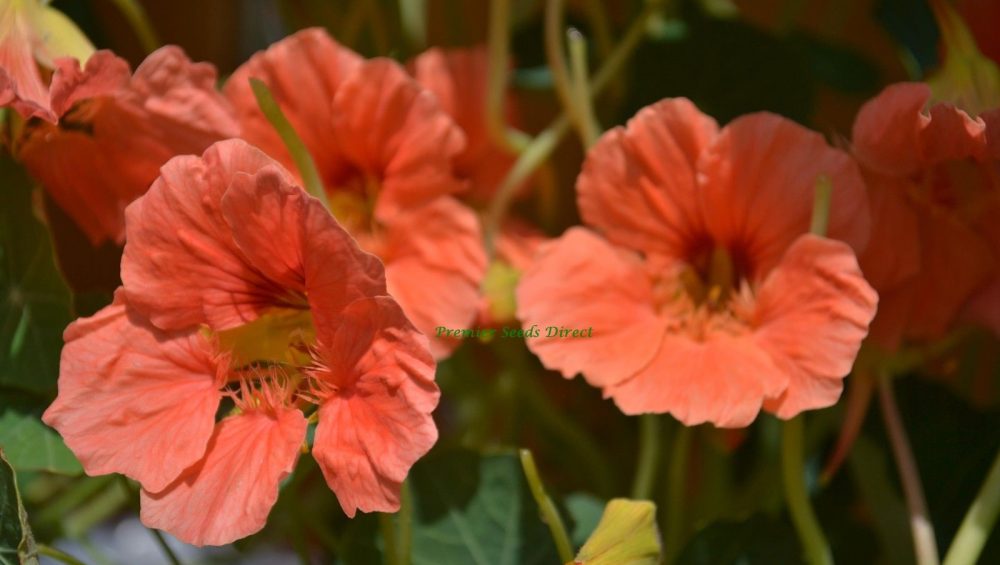
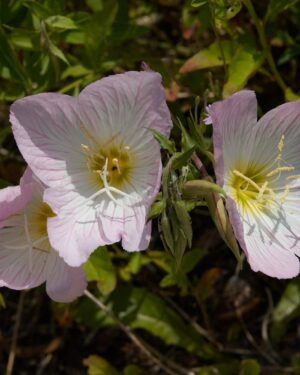
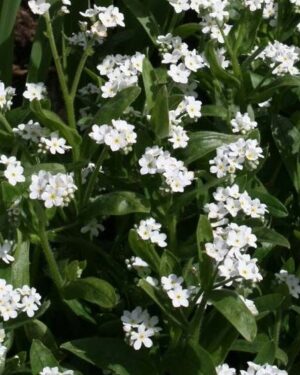
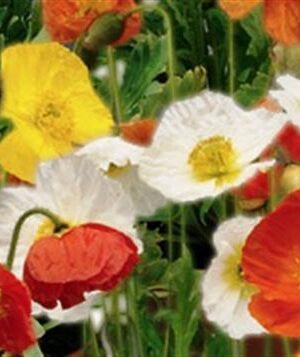
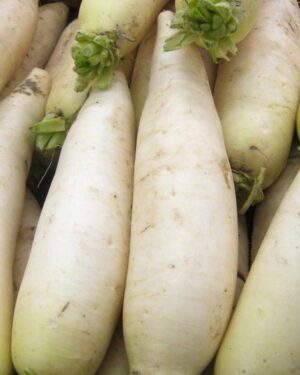

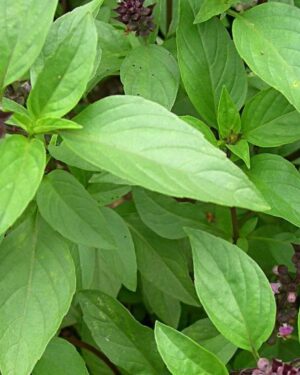
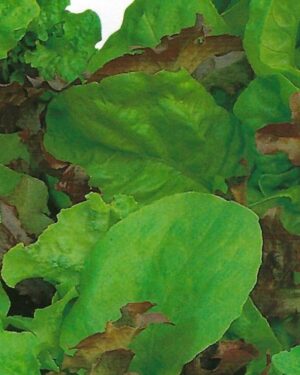
Reviews
There are no reviews yet.